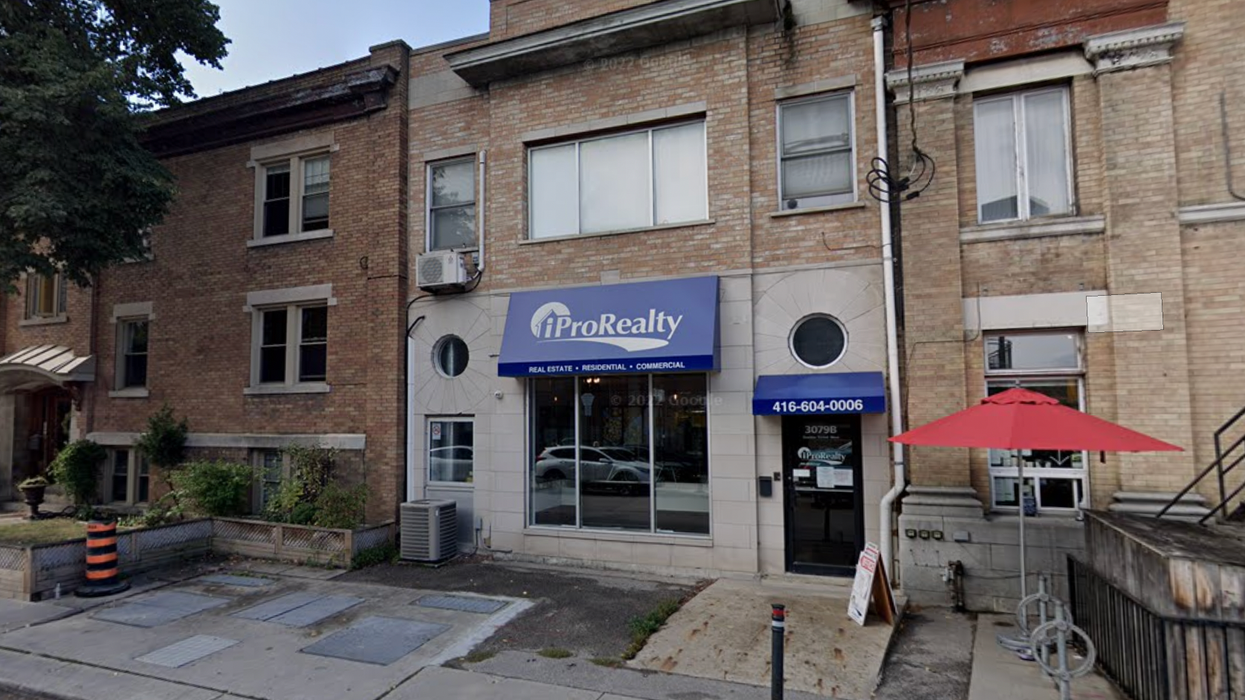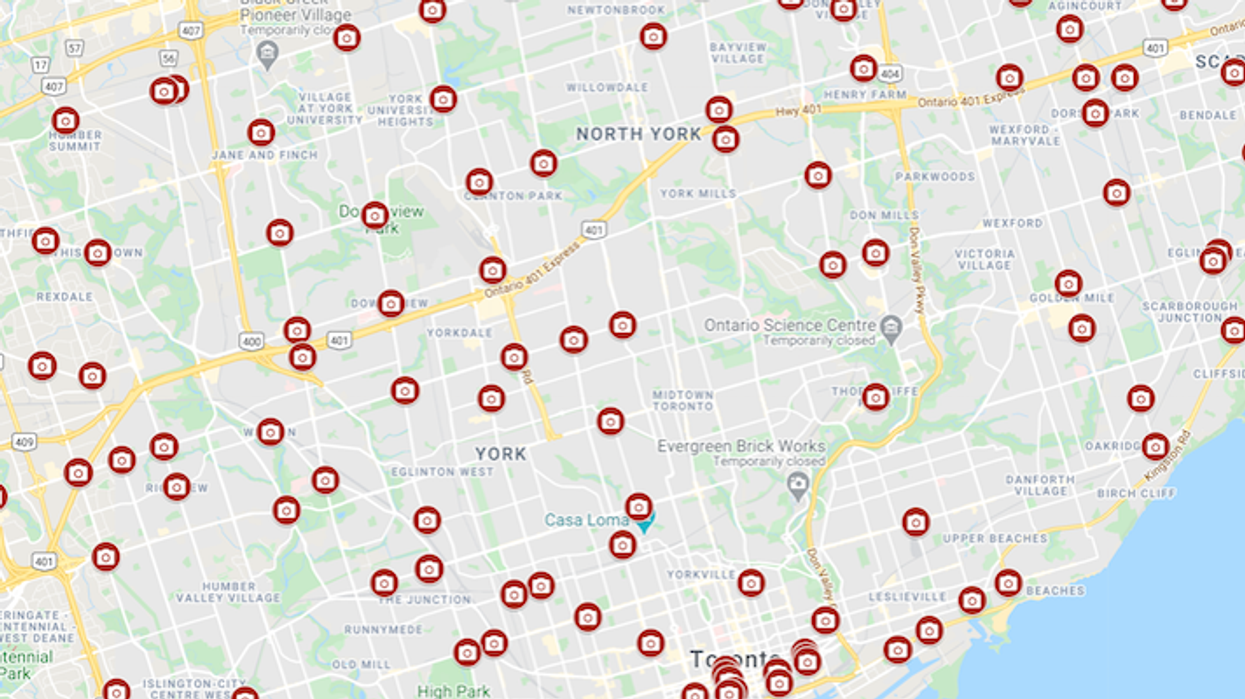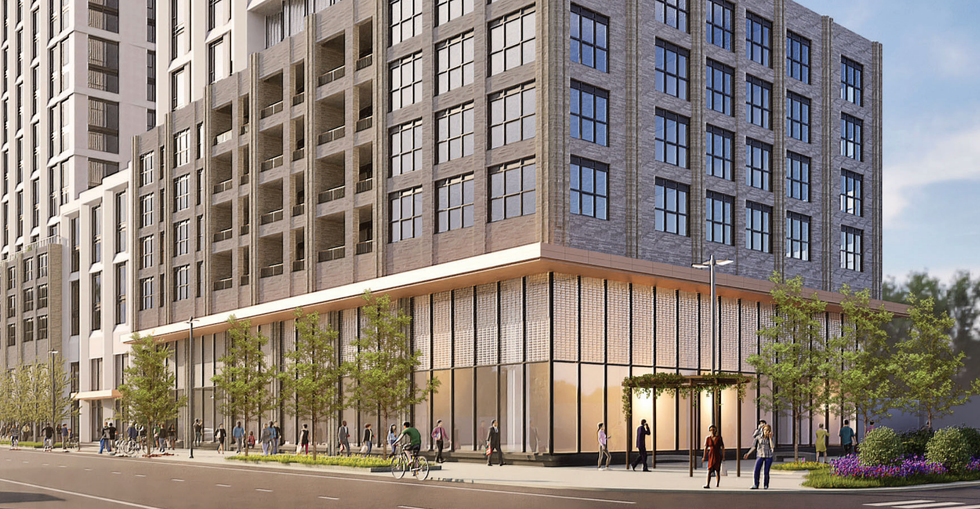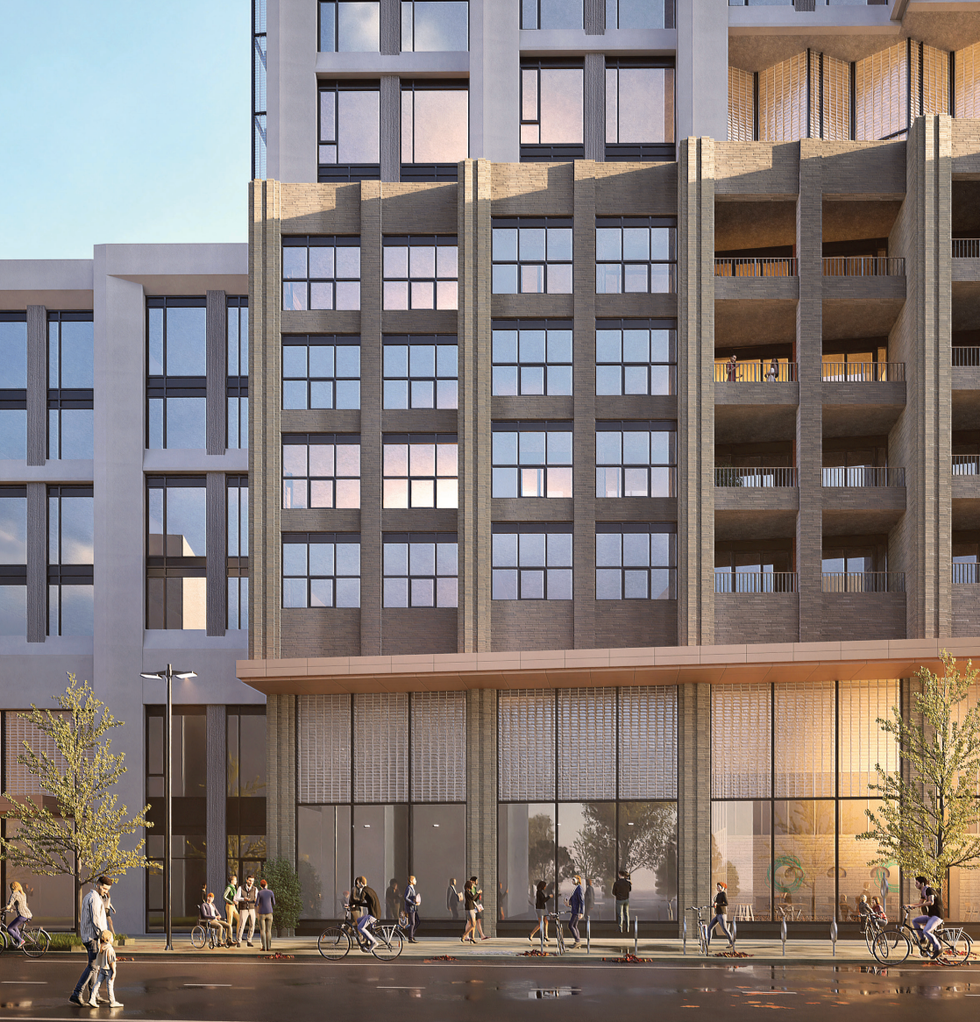Title Search
Understand what a title search involves in Canadian real estate, why it's required before closing, and how it protects buyers from legal complications.

May 22, 2025
What is a Title Search?
A title search is the process of examining public records to verify the legal ownership of a property and identify any liens, claims, or encumbrances.
Why Do Title Searches Matter in Real Estate
In Canadian real estate, title searches are performed by lawyers or notaries as part of the closing process. They ensure the buyer receives clear title and that the seller has the legal right to transfer ownership.
A title search checks for:
- Registered property owners
- Outstanding mortgages or liens
- Easements or rights-of-way
- Court judgments or encumbrances
If any issues are found, they must be resolved before the property can be legally transferred. In many provinces, buyers also purchase title insurance as added protection.
A title search is critical for protecting the buyer from future legal disputes or financial loss related to hidden ownership issues.
Example of a Title Search
A title search reveals that a previous owner failed to discharge a mortgage. The seller resolves the issue before closing, ensuring the buyer receives clear title.
Key Takeaways
- Verifies ownership and property status.
- Identifies legal claims or debts.
- Required before property transfer.
- Conducted by lawyer or notary.
- Ensures buyer receives clear title.
Related Terms
- Title Insurance
- Real Estate Lawyer
- Lien
- Encumbrance
- Closing Process















 Camcos Living
Camcos Living Shutterstock
Shutterstock Little Rouge Block G/Camcos
Little Rouge Block G/Camcos Camcos Living
Camcos Living Camcos Living
Camcos Living Camcos
Camcos








